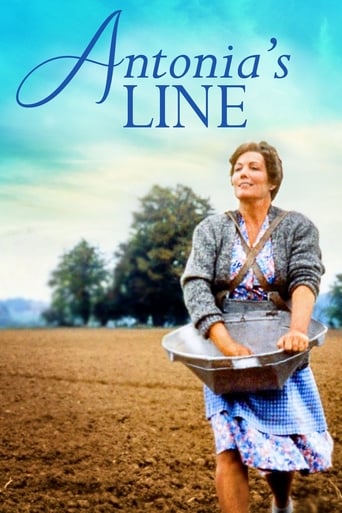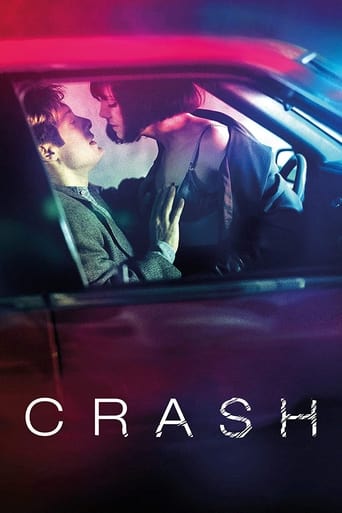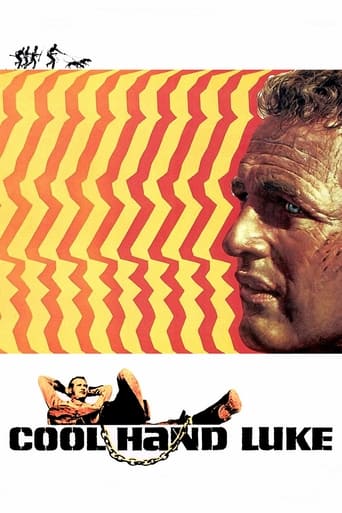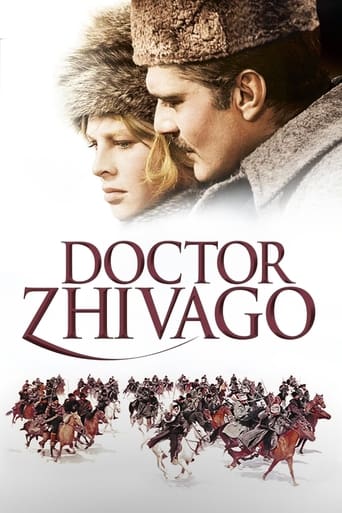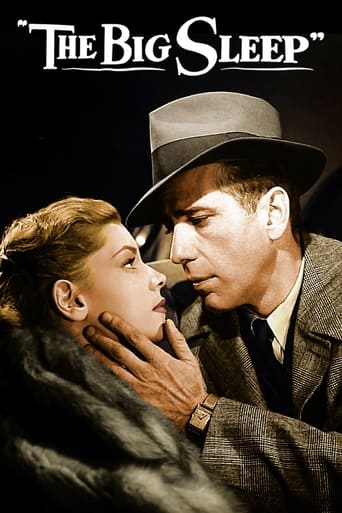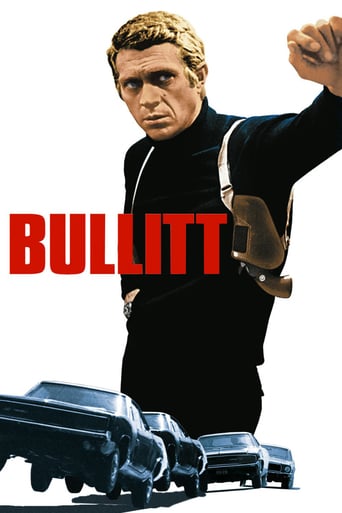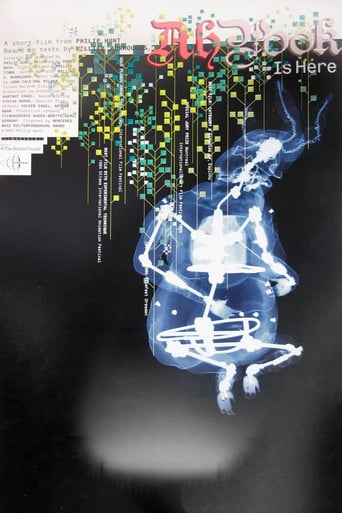

Ah Pook Is Here. (1994)
A disturbingly organic-looking figure speaks to us of life, politics and death as the symbol of the common man toils away. Written and narrated by William S. Burroughs.
Watch Trailer
Cast


Similar titles
Reviews
Why so much hype?
Good , But It Is Overrated By Some
Wow! What a bizarre film! Unfortunately the few funny moments there were were quite overshadowed by it's completely weird and random vibe throughout.
Great story, amazing characters, superb action, enthralling cinematography. Yes, this is something I am glad I spent money on.
Ah Pook, the eternal pessimist, is here! A review of Philip Hunt's Animated Film Ah Pook is here, by Drew Black.A mass scattering of hand drawn stars shimmer on a background of pitch to a heartbeat rhythm that imposes a feeling of impending doom. As this mood sets in, words appear from the emptiness as the reassuring, insipid, pensioner drawl of William Burroughs intones "When I become death. Death is the seed from which I grow!" The Mood is set, the audience is involved and the tale begins. Thus we enter creator Philip Hunt's dismal, apocalyptically engaging, stop motion animated interpretation of William Burroughs recorded 1990 album "Dead City Radio." Philip Hunt, now the Creative Director of Studio AKA. Mr Hunt originally wanted to sculpt, found himself studying Graphic Design at Saint Martin's School Of Art, then returned to "making" through studying stop motion animation at The Royal College of Art. His defining year was spent at the Filmakademie Baden Wurttemberg in Germany where he made the award winning short film AH POOK IS HERE. Ah Pook Is Here brings its audience into the absurdity of its underlying reference to the inferred hegemonic world of bleak, numbing, mind and thought control that Burroughs beat culture classic, originally titled The Unspeakable Mr Hart, delved into. It faithfully incorporates many of the icons and morbid, grossly malevolent character of the original work through the wonderfully detailed and articulated puppets, rendered in colour, to the stark contrast of the monochrome hand drawn post-apocalyptic background and stage they are set in. Hunt utilises this use of negative/positive space and colour to not only draw the focus to his characters, separating Hunts malignant turkey representation of the last God, bringer of destruction, from the dead world of these so called humans, but as Ah Pook retires down into his final place in this world, resigned to the pointless helplessness of his own ramblings, Ah Pook is seen in black and white. This use of colour/black and white compositing amalgamates the characters physical and emotional placement within the story and the viewer's perception, defining it on a multitude of levels and communication techniques. I mentioned 'characters', Pook is seen discussing control and death with another character similar to himself except that he/it has less flesh and is very pale. After researching Ah Pook I discovered that he is, according to Burroughs, a renaming of the Olmec Mayan deity of death Ah Puch (Wild, 2008), 'the destroyer' and is described in history as comprising of two beings incorporated into one. This solidifies the use of these techniques as a valid and powerful form of nonverbal communication within film. Another film that exemplifies this is the 2005 Rodriguez/Miller/Tarantino Crime /Thriller Sin City). I must relate at this point that even though much of what is prevalent in this films story comes from Burroughs it is very much Hunts creation and interpretation. It incorporates his use of the original works meanings from Hunt's vantage point. The film is a mash up of hitherto unconnected excerpts from Dead City Radio (Vanduijnhoven, 2010), skilfully reinterpreted to fit Hunt's format. Hunt said in an interview with Design Week, "Burroughs' fondness for modifying his own text when performing his material live led me to combine a set of recordings that were not previously connected to create a new narrative. I took liberties, but only those I could imagine each author also taking - and that's the key, to remain inspired by that original voice and not lose the way (Centaur Communications Ltd. and licensors 2011, Design Week, 2011)". For me Ah Pook Is Here is a wonderfully dark, introspective work from the opening title through to its disregarding suicidal end. The wonderful and appropriately engaging score from John Cale sets a harmonious mood and tempo that is both leading and emotive. Hunt's grossly likeable characters capture the vision and relay it through creative thought provoking movement that speaks as eloquently as the lilting drawl of Burroughs, whose narrative defines the emotive power in the words and imbues a likeability to Ah Pook that may well have been lost if they came from another. Yes its dark, its diminutive and horribly horribly a great romp through its twisted, decimated world. In the final words of Ah Pook as, after death, he becomes one with the ether..... Falling in love again Never wanted to What am I to do?
This is an animated short that probably will make most people shake their heads and say "huh?!" repeatedly. And, while I freely admit that it was strikingly original, it was also generally incomprehensible and rather ugly....but original!! To describe the film adequately would probably require us both to be under the influence of massive amounts of drugs--it's that strange. And so it's fitting that the film is an odd reading by William Burroughs (an on again, off again drug addict and writer). The film begins with a world-like object made out of scrap metal (or something) and bombs and rockets flying about it. Then, out of the blue come two creatures that look like demons and chicken guts. The whole time the primary one rants on and on about bad government and why America sucks.While there must be a lot more to it, this really is the gist of it. If you dislike America or like really weird things, then this is right up your alley. Otherwise, it is slow going and difficult--though I still must applaud the odd artistry and design of this amazingly bizarre work of art.
It's maddeningly difficult to represent the work of William Burroughs in any visual medium, though animation definitely has advantages over regular film in this respect, but 'Ah Pook is Here' succeeds to a greater degree than most.The short is mostly taken up by a grotesque creature, with Burroughs's voice, philosophizing while smoking a hookah. The audio seems to have been cut together from various sources subjects include Ah Pook (the Mayan god of death), Control, politics, and "stupid, greedy, Ugly American deathsuckers." This line, taken from 'No More Stalins, No More Hitlers' on Dead City Radio, is Burroughs at his prophetical best, "...the rulers of this most insecure of all worlds are rulers by accident. Inept, frightened pilots at the controls of a vast machine they cannot understand, calling in experts to tell them which buttons to push." Now imagine it being said by a demented little creature that looks like a cross between a chicken and your spleen.
I've got a few requests for that time when friends and family come to celebrate my transition to lands unimagined: play Jim Morrison's farewell paean "The End", and watch "Ah, Pook Is Here" as many times as it takes to absorb Philip Hunt's brilliant rendering of the animated genius of William Burroughs translating love into death. And it may take a few times through to pick up the pieces as Burroughs cuts and pastes on the fly. The title is that of a longer Burroughs piece published in 1979 - briefly excerpted for the film. Hunt takes us on a short dark journey with philosophical Pook the Destroyer, weaving the haunted narration into a whimsically nightmarish cosmos, then descending within to the inevitable conclusion.




